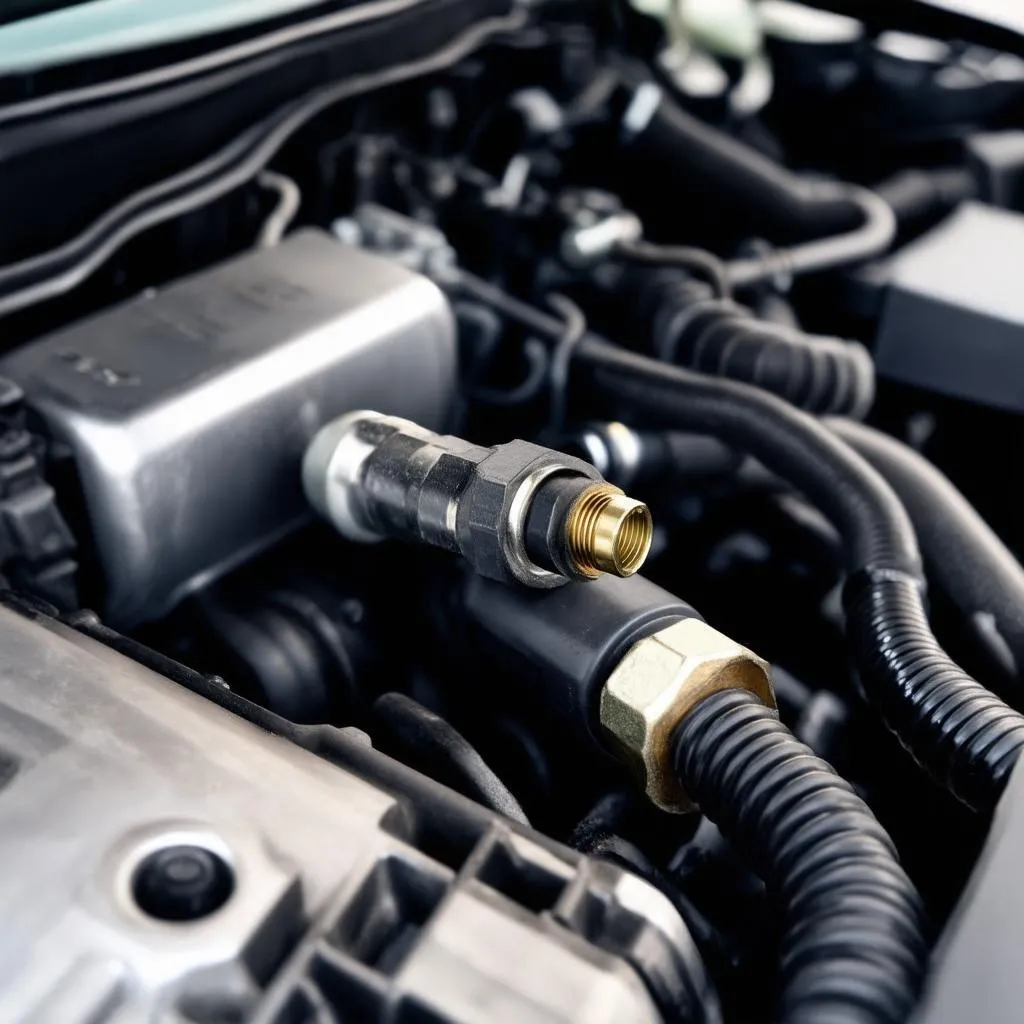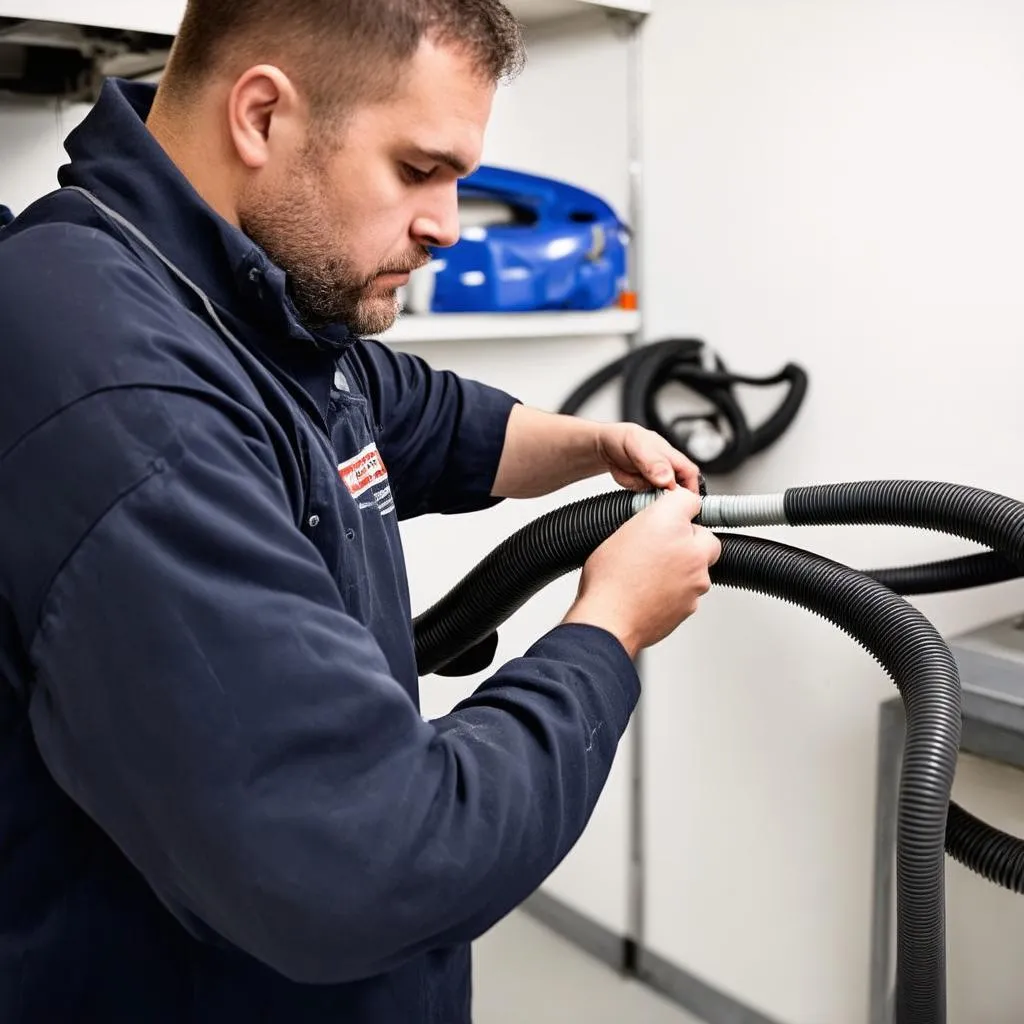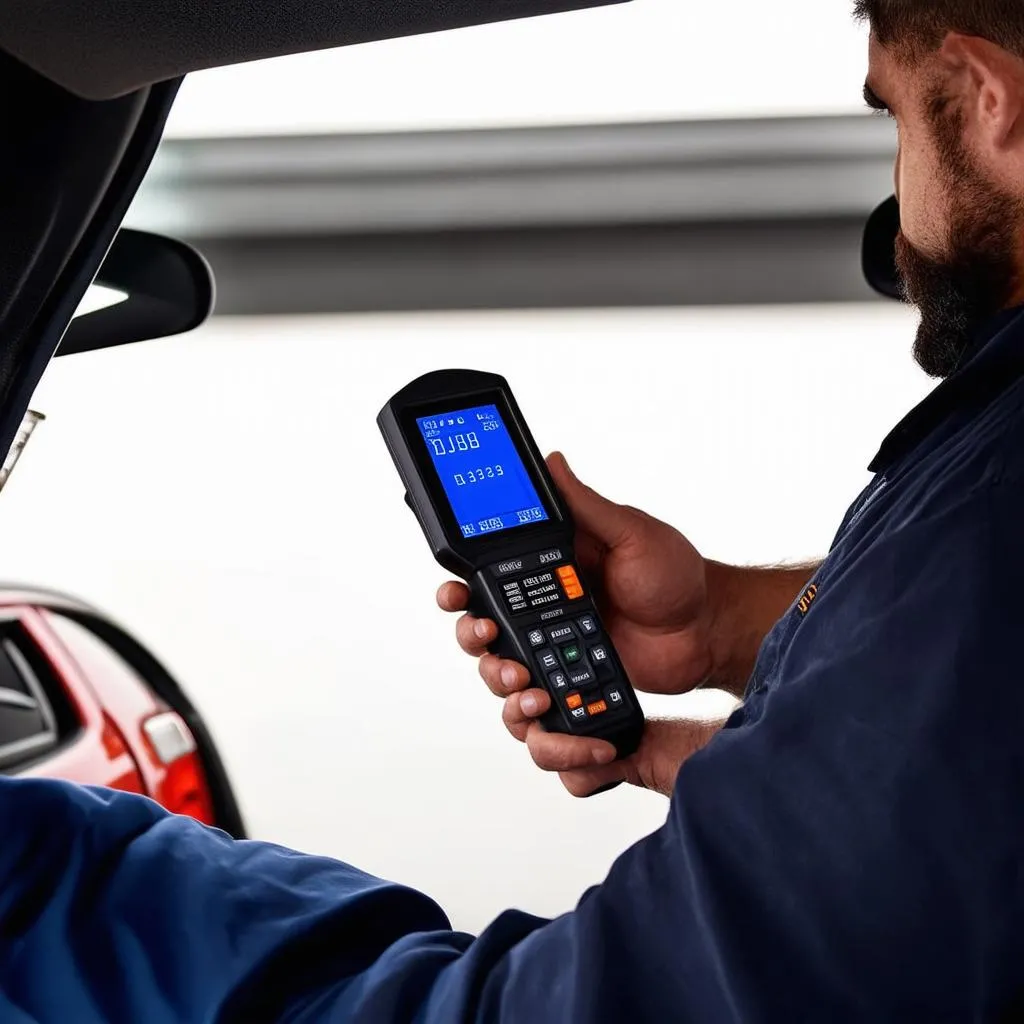Have you ever been driving down the road and your car’s engine light suddenly comes on? It can be a scary experience, especially if you’re not sure what’s wrong. One of the most common OBD codes that drivers encounter is P0170.
This code signifies a problem with the fuel-air mixture in your engine. But don’t worry, you don’t have to be a mechanic to understand what it means and how to fix it.
What Does OBD Code P0170 Mean?
OBD code P0170 stands for “Fuel Trim System Malfunction (Bank 1)”. This code indicates that the engine control unit (ECU) has detected a problem with the fuel-air mixture in one of the engine’s banks. In essence, the engine isn’t getting the correct amount of fuel to burn efficiently.
But why is this happening?
The ECU relies on sensors to monitor various aspects of the engine’s performance, including the amount of oxygen in the exhaust gases. If the ECU detects that the oxygen levels are too high, it means that the engine is running too lean (not enough fuel). If the oxygen levels are too low, it means that the engine is running too rich (too much fuel).
Common Causes of P0170
There are several reasons why your car might be throwing a P0170 code. Here are some of the most common culprits:
- Faulty Oxygen Sensor: The oxygen sensor is responsible for measuring the amount of oxygen in the exhaust gases. If this sensor is faulty, it can send inaccurate readings to the ECU, leading to a P0170 code.
- Vacuum Leak: A vacuum leak can cause air to enter the engine’s intake manifold, disrupting the fuel-air mixture. This can cause the engine to run too lean and trigger a P0170 code.
- Dirty or Clogged Fuel Injectors: Dirty or clogged fuel injectors can prevent the proper amount of fuel from being injected into the engine. This can lead to a lean condition and trigger the P0170 code.
- Faulty Mass Airflow Sensor (MAF): The MAF sensor measures the amount of air entering the engine. A faulty MAF sensor can cause the ECU to miscalculate the amount of fuel needed, resulting in a P0170 code.
- Damaged or Blocked Fuel Lines: Damaged or blocked fuel lines can restrict the flow of fuel to the engine, leading to a lean condition and a P0170 code.
- Faulty Fuel Pressure Regulator: The fuel pressure regulator controls the amount of fuel pressure in the fuel lines. If this regulator is faulty, it can cause the fuel pressure to be too high or too low, leading to a P0170 code.
How to Diagnose P0170
Diagnosing the root cause of the P0170 code can be tricky, but with the right tools and knowledge, you can pinpoint the problem.
Here are some steps you can take:
- Read the code: Use an OBD-II scanner to retrieve the P0170 code and any other related codes that may be stored in the ECU.
- Inspect the oxygen sensors: Check the oxygen sensors for any signs of damage or corrosion. If you have a multimeter, you can test the sensors to ensure they are working properly.
- Check for vacuum leaks: Look for any visible cracks or holes in the vacuum hoses or intake manifold. You can also use a smoke test to detect any leaks.
- Inspect the fuel injectors: If you have access to a fuel injector cleaning kit, you can clean the injectors to remove any buildup.
- Check the MAF sensor: Inspect the MAF sensor for any signs of dirt or damage. You can also test the sensor with a multimeter.
- Inspect the fuel lines: Check the fuel lines for any signs of damage, leaks, or clogs.
- Check the fuel pressure regulator: Test the fuel pressure regulator to ensure it is working properly.
How to Fix P0170
Once you’ve identified the cause of the P0170 code, you can take steps to fix it.
Here are some solutions depending on the cause:
- Replace faulty oxygen sensors: If the oxygen sensor is faulty, you’ll need to replace it with a new one.
- Repair vacuum leaks: Fix any vacuum leaks by replacing damaged hoses or repairing the intake manifold.
- Clean or replace fuel injectors: Clean the fuel injectors or replace them if they are severely clogged.
- Replace faulty MAF sensor: Replace the MAF sensor if it is dirty or damaged.
- Repair or replace damaged fuel lines: Repair or replace damaged fuel lines.
- Replace faulty fuel pressure regulator: Replace the fuel pressure regulator if it is faulty.
What to Do If You Can’t Fix It Yourself
If you’re not comfortable diagnosing and fixing the problem yourself, it’s best to take your car to a qualified mechanic. They will have the necessary tools and experience to properly diagnose and repair the issue.
Frequently Asked Questions
Q: What is the difference between OBD code P0170 and P0171?
A: Both codes relate to fuel-air mixture issues, but P0170 indicates a problem in Bank 1 of the engine, while P0171 indicates a problem in Bank 2.
Q: Can I drive my car with P0170 code?
A: While you can technically drive your car with a P0170 code, it’s best to address the issue as soon as possible. Driving with a lean condition can damage the engine over time.
Q: What is the cost of fixing P0170?
A: The cost of fixing a P0170 code can vary depending on the cause and the specific part that needs to be replaced. However, in general, it can cost anywhere from a few hundred dollars to a few thousand dollars.
Q: How can I prevent P0170 from happening in the future?
A: There are several things you can do to prevent P0170 from occurring:
- Use high-quality fuel.
- Regularly maintain your vehicle, including changing the air filter and spark plugs.
- Avoid driving with a low fuel level.
- Keep an eye on the engine light and address any issues immediately.
Related Articles
Don’t let a P0170 code ruin your driving experience. Take the necessary steps to diagnose and fix the issue, and your car will be running smoothly again in no time.
Need help with diagnosing and fixing your car? Contact us today at +84767531508 and our team of automotive experts will help you get back on the road. We are available 24/7 to assist you with all your automotive needs.
 oxygen sensor
oxygen sensor
 vacuum leak
vacuum leak
 obd scanner
obd scanner
Remember, a little preventative maintenance can go a long way in keeping your car running smoothly and preventing future headaches. Happy driving!